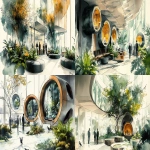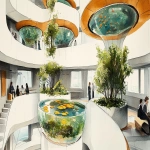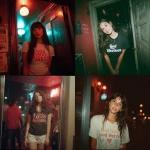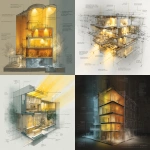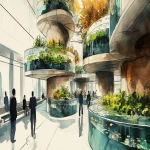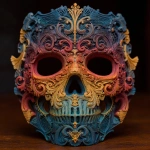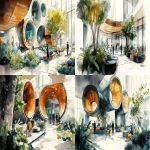Explore the Best AI Image Gallery

Beyond the Brush: How AI-Generated Visual Content is Transforming Creativity
The realm of creativity is undergoing a profound transformation, driven by the emergence of artificial intelligence (AI) capable of generating stunning visual content. From intricate paintings to lifelike photographs and immersive 3D environments, AI algorithms are pushing the boundaries of artistic expression and challenging traditional notions of authorship and creation.
This blog post delves into the fascinating world of AI-generated visual content, exploring its impact on the creative industry, potential applications across diverse sectors, the ethical considerations surrounding its use, and the exciting future trends shaping this rapidly evolving field.
Impact on the Creative Industry
AI-powered tools are democratizing access to creative resources, empowering individuals with limited artistic skills to generate visually compelling content. This opens up new avenues for self-expression, personalized design, and innovative storytelling.
For professional artists and designers, AI can serve as a powerful tool for enhancing productivity, exploring new creative concepts, and pushing the boundaries of their artistic vision. By automating repetitive tasks, such as generating basic sketches or color palettes, AI frees up valuable time for artists to focus on higher-level creative endeavors.
However, the rise of AI-generated content also raises concerns about the potential displacement of human creatives. It is crucial to strike a balance between embracing the benefits of AI and ensuring that human creativity remains at the forefront of artistic expression.
Potential Applications
The applications of AI-generated visual content span a wide range of industries:
- Advertising and Marketing: AI can create personalized ads, generate engaging visuals for social media campaigns, and design immersive brand experiences.
- Entertainment: From generating concept art for films and video games to creating realistic special effects and developing interactive narratives, AI is transforming the entertainment landscape.
- Education: AI-powered tools can generate educational materials, create interactive simulations, and personalize learning experiences for students.
- Architecture and Design: AI can assist architects in generating design concepts, visualizing building layouts, and optimizing structural designs.
- Healthcare: AI can be used to create realistic medical illustrations, generate patient education materials, and assist in surgical planning.
Ethical Considerations
The increasing use of AI-generated visual content raises several ethical considerations:
- Copyright and Ownership: Who owns the copyright to AI-generated artwork? The creator of the algorithm, the user who inputs the prompts, or the AI itself?
- Bias and Fairness: AI algorithms are trained on vast datasets, which can contain biases that reflect societal prejudices. This can result in AI-generated content perpetuating harmful stereotypes.
- Transparency and Accountability: It is important to understand how AI algorithms generate visual content and to ensure that creators are transparent about the use of AI in their work.
- Misinformation and Deepfakes: The ability to create realistic fake images and videos raises concerns about the potential for misuse, such as spreading disinformation or creating harmful propaganda.
Future Trends
The field of AI-generated visual content is rapidly evolving, with exciting trends shaping its future:
- Increased Realism and Detail: AI algorithms are continually improving their ability to generate hyperrealistic images and videos.
- Personalized Content Creation: AI will enable users to create highly personalized visual content tailored to their specific needs and preferences.
- Multimodal Generation: AI will be able to generate visual content in multiple formats, such as images, videos, 3D models, and even virtual reality experiences.
- Human-AI Collaboration: We will see a growing trend of human creatives collaborating with AI tools to enhance their creative process.
As AI technology continues to advance, it is essential to engage in thoughtful discussions about the ethical implications and societal impact of AI-generated visual content. By fostering collaboration between technologists, artists, policymakers, and the general public, we can harness the power of AI to unlock new creative possibilities while ensuring that it is used responsibly and ethically.
The future of creativity lies at the intersection of human imagination and artificial intelligence. Together, they have the potential to reshape our world in profound and inspiring ways.
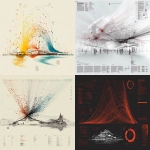
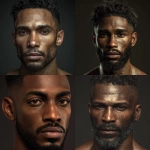
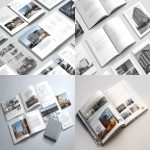

](https://images.ai-img.art/thumbnails/150/469c20665b824a8c49e8b66856a2f9843e7a36c40760ace1e7fd5f2125a32e25.webp)

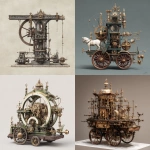
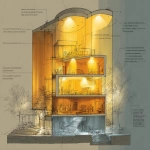
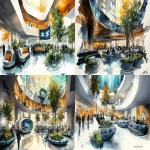
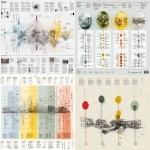
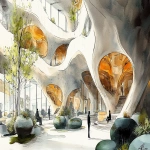
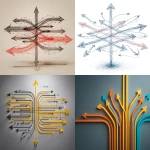
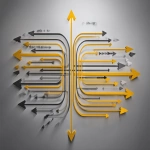
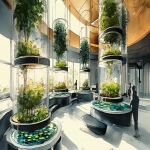
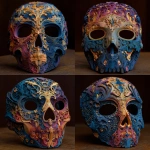
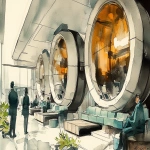
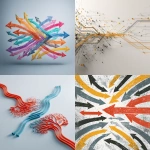

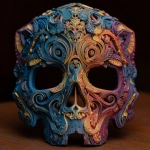
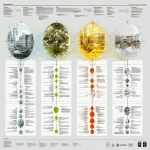
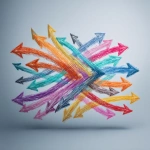
](https://images.ai-img.art/thumbnails/150/3521ea1bce510dbac19d74a3e037e7179b754ae98e8a44c08863e51468c18caa.webp)
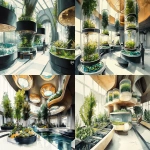
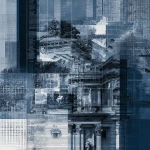
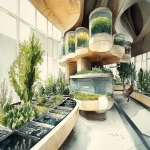
](https://images.ai-img.art/thumbnails/150/93f6b867d7e0d1ef5b08c9115efd6d3cbcc0fcfe07dc47e55d9b3a50056a189e.webp)
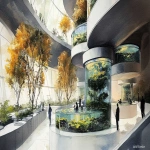
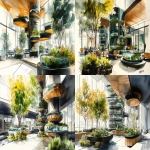
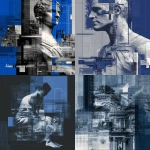
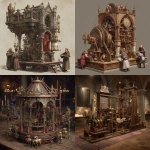
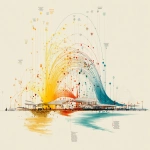
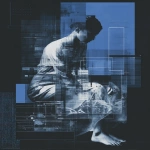


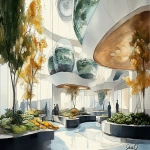
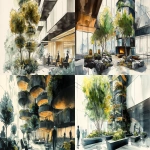
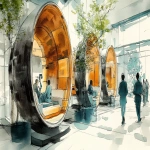
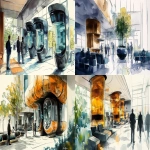
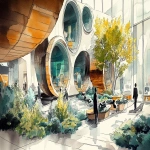

](https://images.ai-img.art/thumbnails/150/9bfac23b6df1e372ace320fda84e18e5e2e668451feacef8c46af60a9f444ad6.webp)
